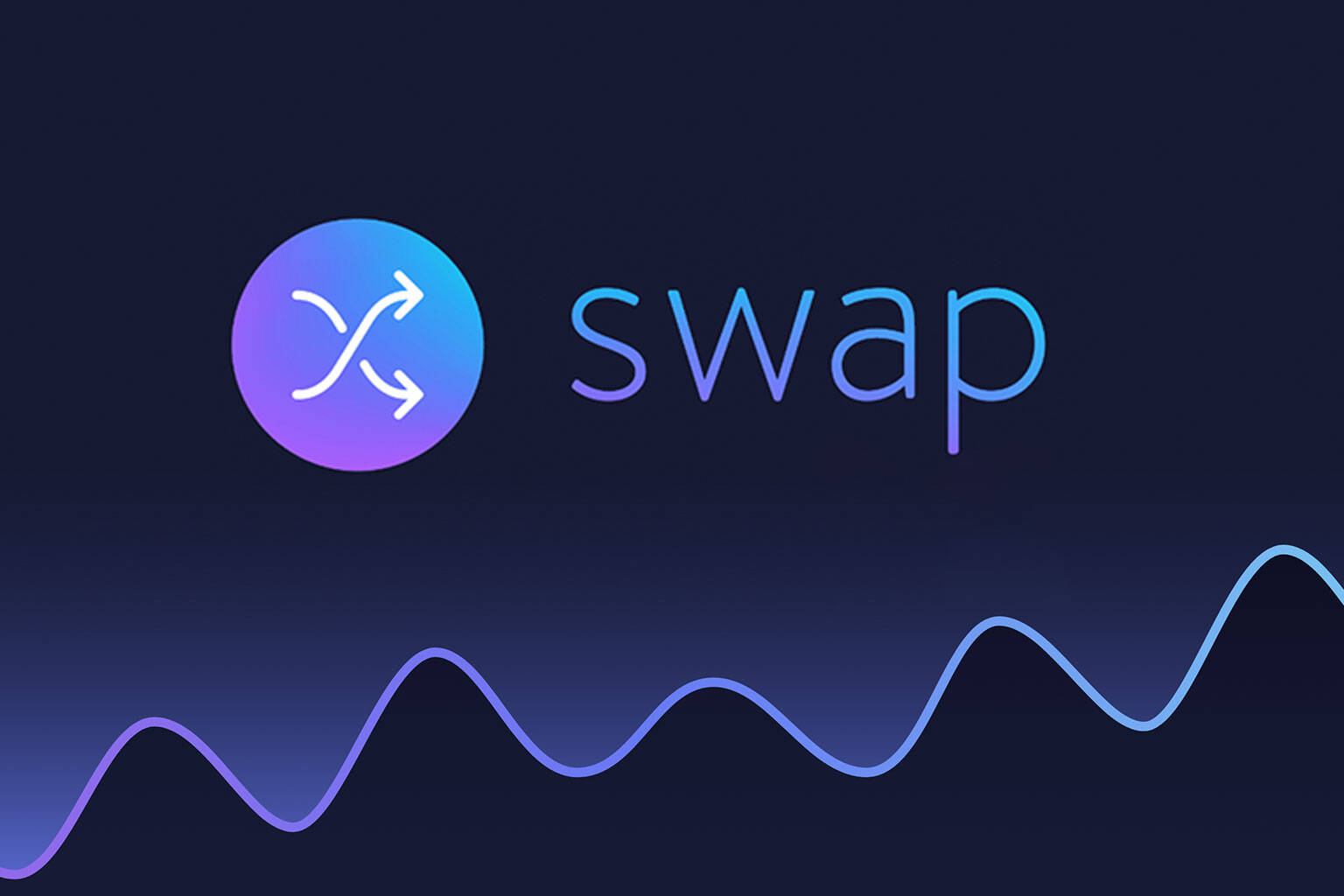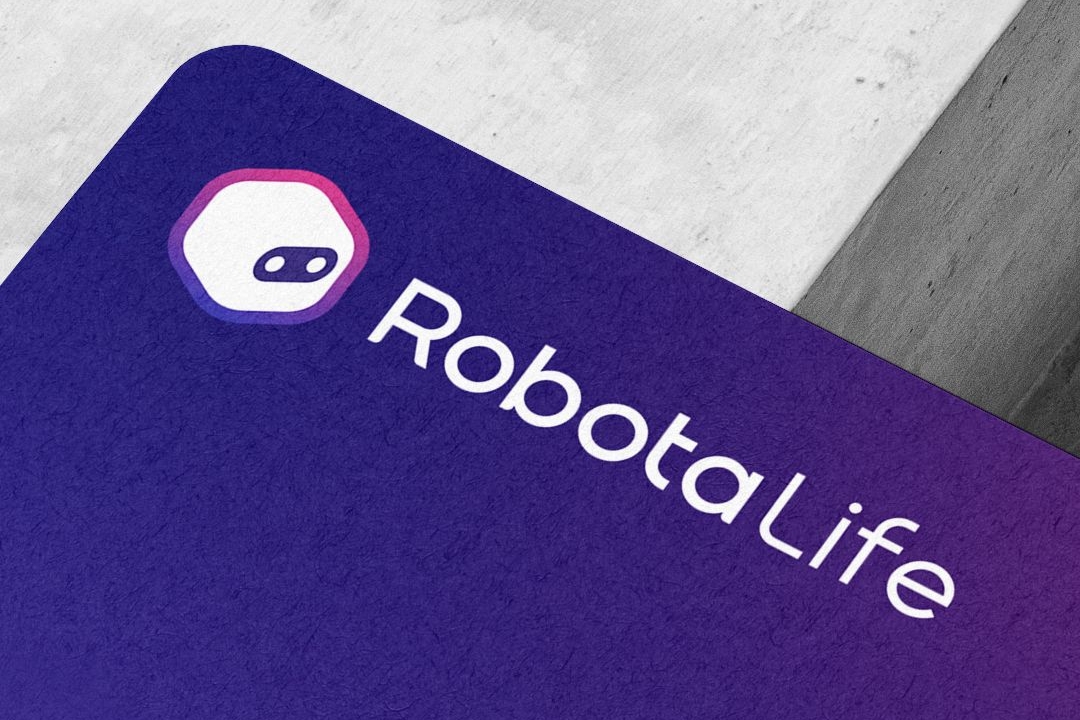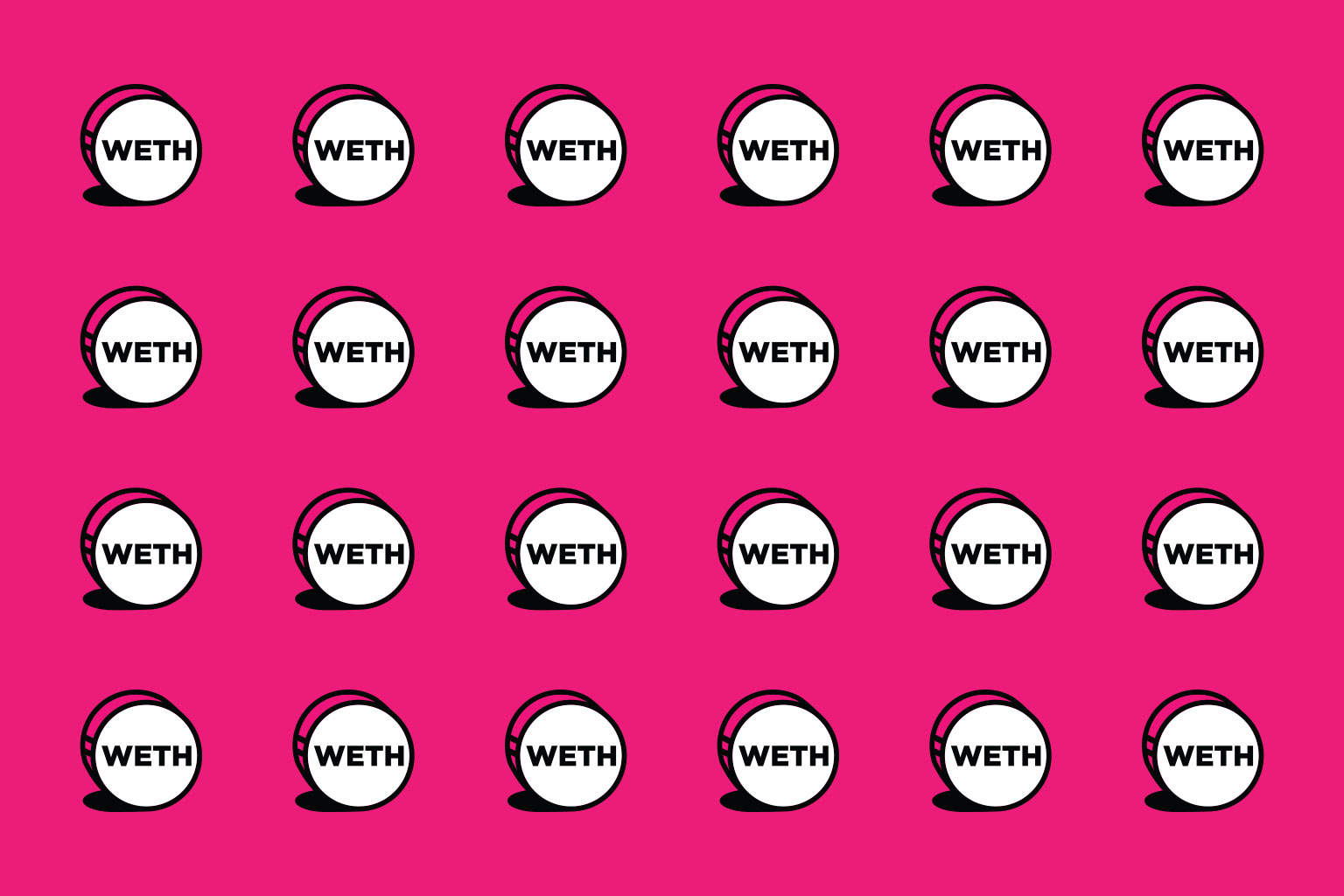Ethereum is a decentralized, open-source blockchain platform that runs smart contracts: applications that run exactly as programmed without any possibility of downtime, censorship, fraud, or third-party interference. It was created in 2015 by Vitalik Buterin and has since become one of the world’s most widely used blockchain platforms.
Ethereum has its cryptocurrency, called Ether (ETH), which is used to facilitate transactions on the Ethereum network. In addition to being used as a form of payment, Ether is also used to pay for the computational resources needed to run smart contracts and decentralized applications (DApps) on the Ethereum network.
Ethereum is designed to be a decentralized, global platform for building and running applications. It can execute smart and self-executing contracts with the terms of the agreement between buyer and seller being directly written into lines of code. Smart contracts can be used to automate a wide variety of processes, including financial transactions, supply chain management, and voting systems.
Ethereum has the potential to transform a wide variety of industries by enabling the creation of decentralized applications (DApps) that can operate without a central authority. Some examples of DApps built on Ethereum include decentralized finance (DeFi) platforms, prediction markets, and gaming platforms.
What is Ethereum used for?
Ethereum is a decentralized, open-source blockchain platform that is used for a wide variety of purposes, including:
Smart contracts
Ethereum is used to facilitate the creation and execution of smart contracts, self-executing contracts with the terms of the agreement between buyer and seller being directly written into lines of code. Smart contracts can be used to automate a wide variety of processes, including financial transactions, supply chain management, and voting systems.
Decentralized applications (DApps)
Ethereum is used to build and run decentralized applications (DApps), which operate on a decentralized network and are not controlled by a central authority. DApps can be used for various purposes, including financial transactions, gaming, and prediction markets.
Cryptocurrency
Ethereum has its cryptocurrency, Ether (ETH), which facilitates transactions on the Ethereum network. In addition to being used as a form of payment, Ether is also used to pay for the computational resources needed to run smart contracts and decentralized applications (DApps) on the Ethereum network.
Identity management
Ethereum can be used to create decentralized identity systems, which allow individuals and organizations to securely and privately manage their digital identities.
Supply chain management
Ethereum can create decentralized supply chain management systems, improving transparency, efficiency, and traceability in the supply chain.
These are just a few examples of the many different uses of Ethereum. It is a highly flexible and powerful platform that has the potential to transform a wide variety of industries and applications.
Is Ethereum secure?
Its blockchain secures Ethereum in a similar way to how its blockchain secures Bitcoin. A vast amount of computing power, contributed by all the computers on the network, verifies and secures each transaction, making it almost impossible for any third party to interfere.
Cryptocurrencies are generally considered safe due to their underlying principles: the systems are open to all. The core software is open source, allowing many computer scientists and cryptographers to review all aspects of the networks and their security.
However, the security of applications running on the Ethereum blockchain is only as strong as the developers have made them. For example, code can sometimes contain bugs that could result in the loss of funds. While their source code is also visible to all, the user bases of individual apps are more miniature than Ethereum as a whole, meaning fewer people are reviewing them. It is essential to research any decentralized app you plan to use.
The Ethereum protocol is currently being updated to make it faster and more secure. See the Ethereum 2.0 section for more information.
What is Ethereum 2.0?
Ethereum 2.0, also known as ETH2, is a significant upgrade to the Ethereum network. It is designed to allow the Ethereum network to expand while improving security, speed, and efficiency.
As of early 2021, Ethereum 2.0 and Ethereum 1.0 exist alongside each other, but the original blockchain will eventually merge with the ETH2 blockchain. If you hold ETH, you do not need to do anything as your holdings on the ETH 1.0 blockchain will automatically migrate to the ETH2 blockchain. The transition to ETH2 began in December 2020 and is expected to take two years.
Ethereum 2.0 is necessary because the “Proof of Work” method used by the ETH 1.0 blockchain to verify transactions causes bottlenecks, increases fees, and consumes many resources, especially electricity.
Proof of Work is a consensus mechanism cryptocurrency networks use to verify transactions without a central authority like Visa or Paypal. In ETH 1.0, miners worldwide compete to be the first to solve a time-consuming math puzzle using a large amount of processing power. The winner gets to update the blockchain with the latest verified transactions and is rewarded with a certain amount of ETH. This process occurs every 30 seconds, compared to Bitcoin’s 10-minute interval. As the traffic on the network has increased, the limitations of Proof of Work have caused bottlenecks during which fees can fluctuate significantly.
A brief history of Ethereum?
2013: Vitalik Buterin, a 19-year-old computer programmer, releases a whitepaper proposing a flexible blockchain called Ethereum.
2014: Buterin and a team of cofounders crowdfund the development of Ethereum with the sale of $18 million in pre-launch tokens.
2015: The first public version of the Ethereum blockchain launches in July, and smart contract functionality begins to roll out.
2016: Hackers steal around $50 million from a smart contract-powered venture fund called the DAO. In a divisive vote, the Ethereum community chose to revise the protocol to restore the lost funds, resulting in a hard fork and creating two separate blockchains: Ethereum and Ethereum Classic.
2017: The ERC-20 standard is created, making it easier for developers to build compatible applications on the Ethereum blockchain. The first popular Ethereum-based app, CryptoKitties, becomes a craze. The Ethereum Enterprise Alliance launches to develop practical applications for smart contract technology. MakerDAO, the first Decentralized Finance (DeFi) protocol on Ethereum, launches the first ETH-based stablecoin, DAI. ETH breaks $100 for the first time.
2018: DeFi gains momentum with the arrival of the lending protocol Compound and decentralized exchange Uniswap. The USDC stablecoin was launched, reaching $1 billion in issued coins in the first year. ETH breaks $1,000 for the first time before falling under $100.
2020: The Ethereum 2.0 upgrade begins with a two-year scheduled transition period. The first phase introduces Proof of Stake, while ETH 1.0 continues to use Proof of Work.
2021: ETH reached a new all-time high above $1,700 in February.
Be the first to try
Join our mailing list for early access to our service
Related Posts
February 14, 2023
Safesun coin

February 12, 2023
$loomi to USDT

February 8, 2023
XWP Price








